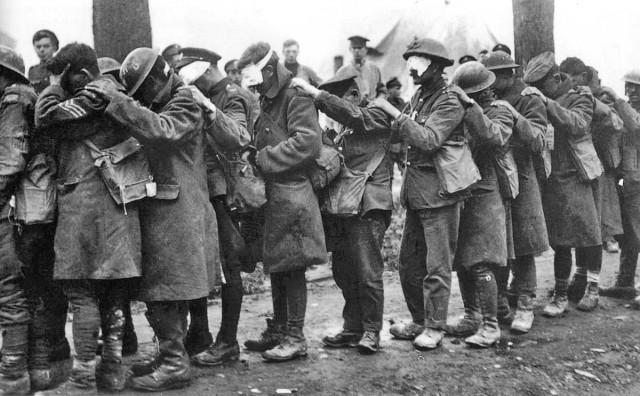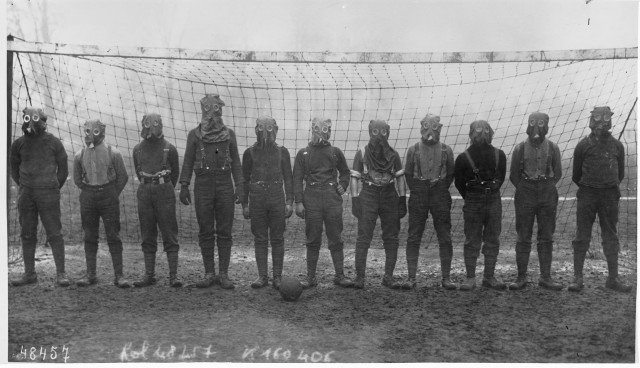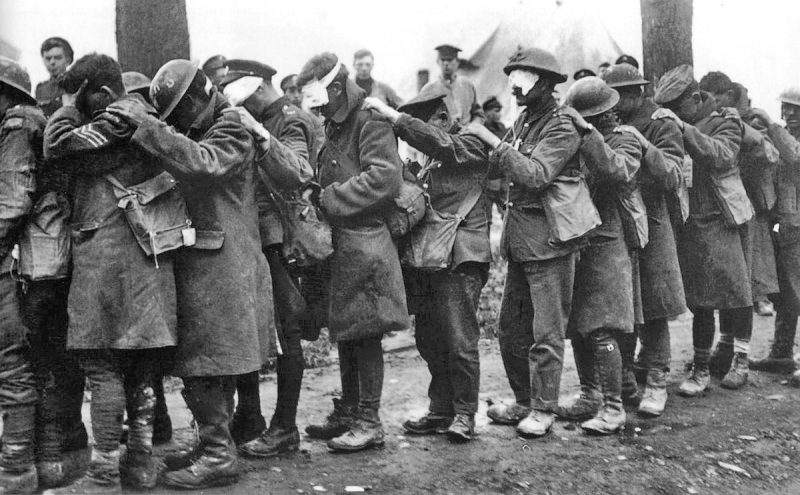
100 years ago this month poison chlorine gas was first used in a military campaign by the German forces on French troops at Flanders Fields during World War One.
Chemical warfare changed military strategy forever.
At first the French troops could not understand what was happening to them, as a yellow-green cloud floated its way over the battlefield and into French trenches.
The gas was a weapon that could kill en masse, and in the first few minutes of that attack more than 1200 French soldiers were killed. Subsequently from that point on over 90,000 troops were killed by chemical weapons during World War One.
The use of gas not only killed thousands, it was also a victory for the Germans in psychological warfare since their enemy was now petrified of being gassed.
Once a soldier had inhaled the gas, they would begin to foam at the mouth, become blind and would become crazy as they clambered for air. The gas would be absorbed by the body’s blood vessels, eating away at eyes, throat and lungs.
From the German perspective, their troops were also at risk since unfavourable wind conditions would bring wafts of the poisonous back to their own trenches. The German Red Cross would be running around with liquid and their own gas masks to help any soldiers who breathed the chlorine in.

The decision to use chemical weapons came when the German advance through Belgium and on to Paris had been prevented by French and Allied troops at Flanders Field. Both sides were entrenched in trench warfare and the Germans wanted a way to smash through the Allied lines, The Portland Press Herald reports.
After waiting for a few weeks for the best possible weather conditions, the German Chief of Staff Erich von Falkenhayn decided for the use of gas to go ahead.
Overnight, the German troops dug holes for more than 5000 chlorine gas cylinders in the ground, all pointing towards the French trenches.
While the French troops were oblivious to what was about to happen, the Germans released the gas as soon as the wind picked up in their favour and in the direction of the French, at around 5pm in the afternoon. As soon as the gas had cleared, thousands of German troops advanced across enemy lines and into and over the French trenches, advancing more than they had done in months. Everything that had come into contact with the gas had died, from soldiers to animals and even rats.
Conversely the Allies unleashed their own version of poison gas on the Germans later that same year at the battle of Loos. Altogether there were around 145 chemical attacks during World War One.
